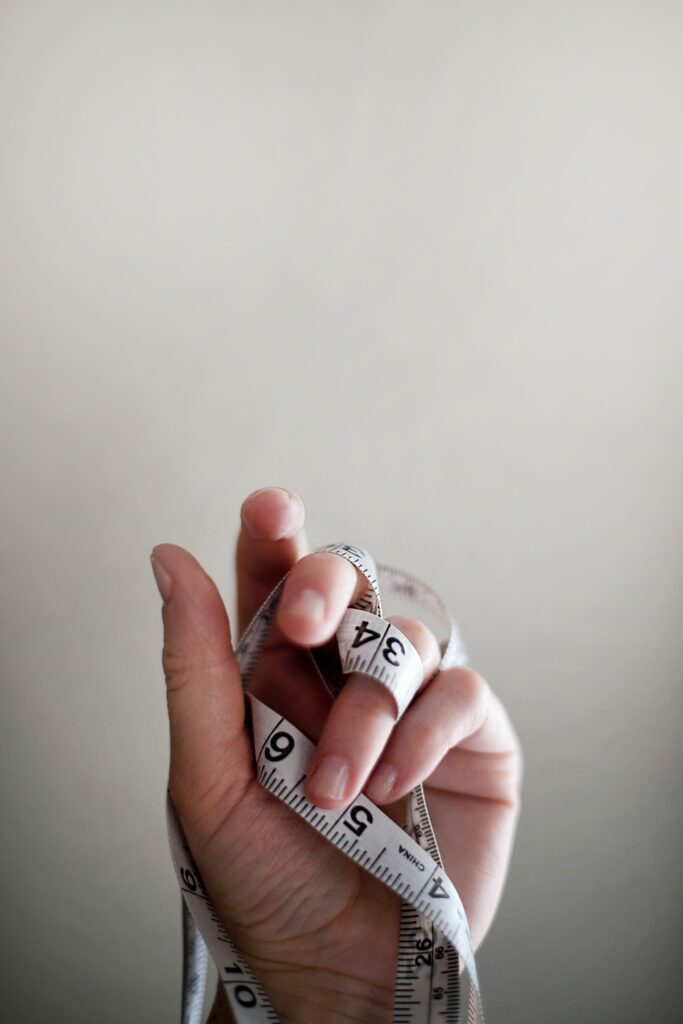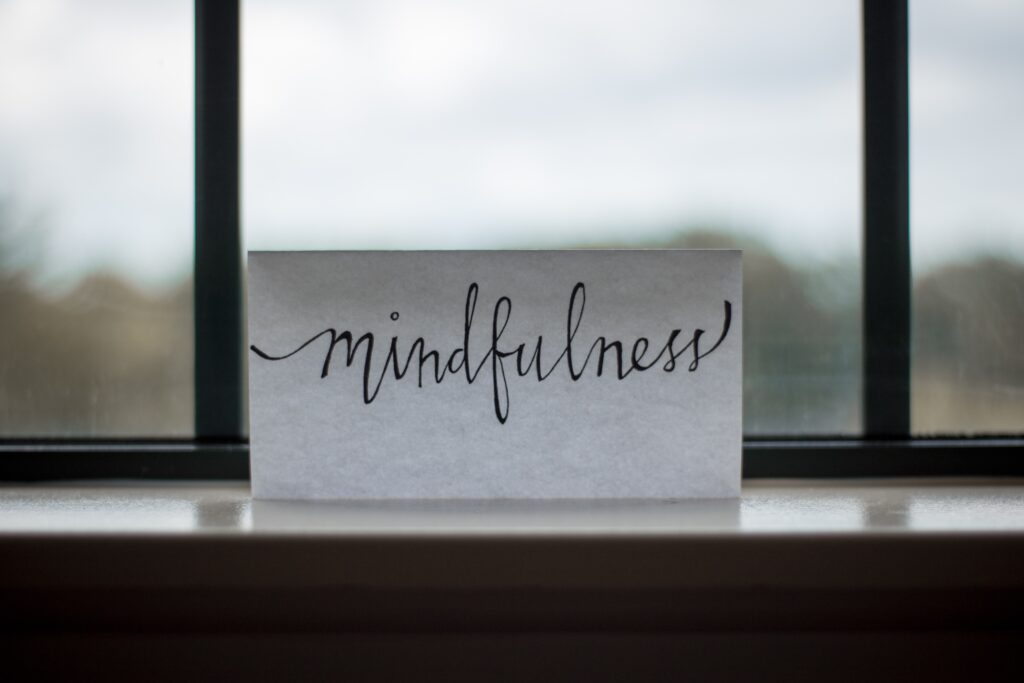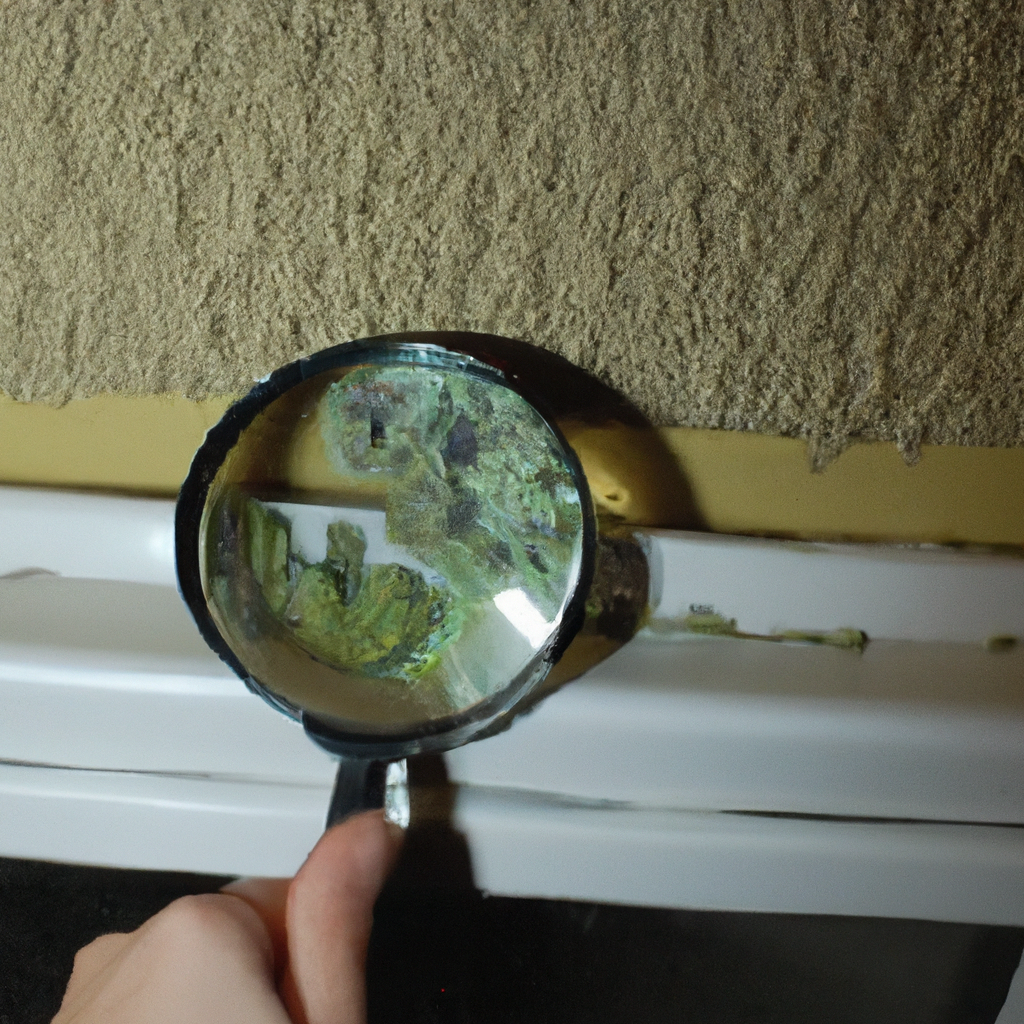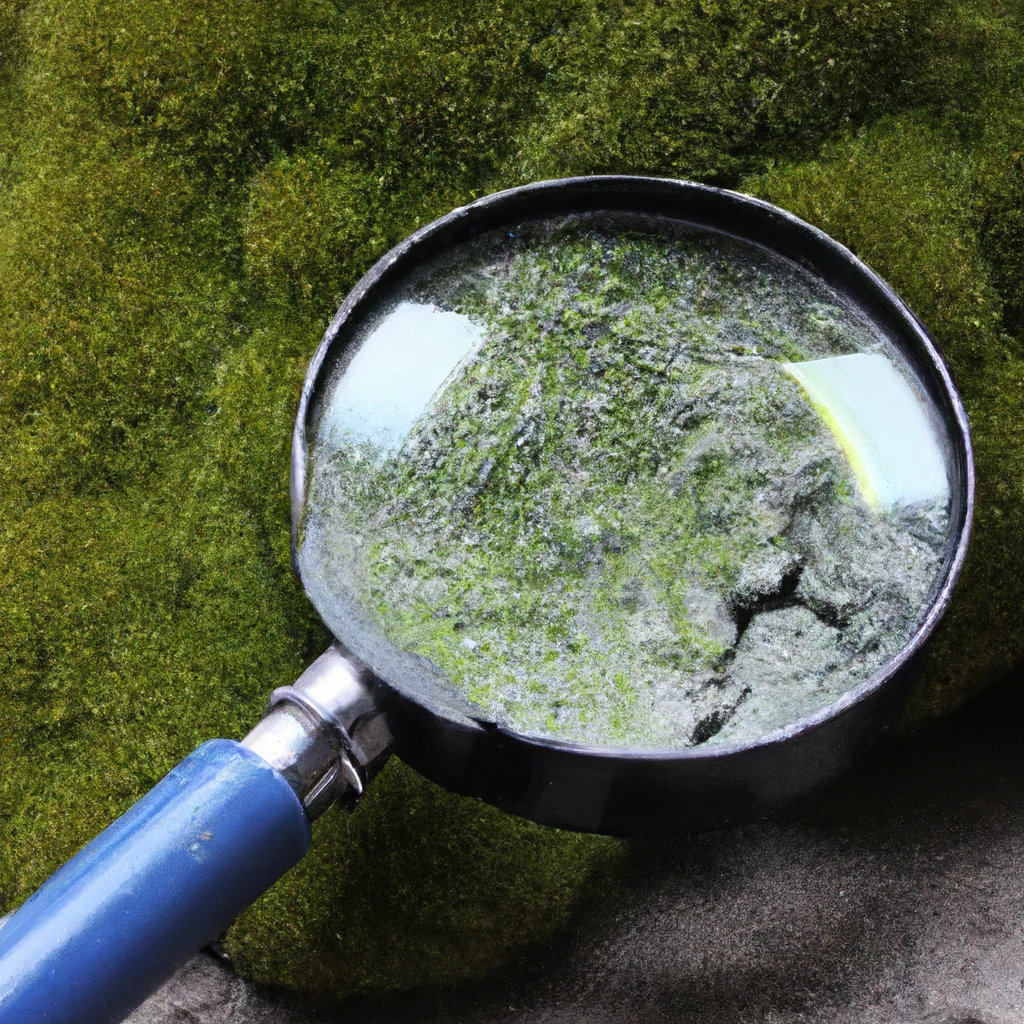Imagine walking into your dream home, ready to close the deal, when suddenly you receive the unsettling news: mold has been found during the home inspection. It’s a situation that no homebuyer wants to hear, but unfortunately, it’s not uncommon. Mold can be a serious issue, affecting both the structural integrity of the property and the health of its occupants. In this article, we will explore the implications of finding mold during a home inspection and provide some insights on how to handle this daunting discovery.
Understanding the Basics of Mold
What is Mold?
Mold refers to a type of fungi that can grow on various surfaces and materials. It is often found in damp or humid environments. Mold reproduces by releasing spores into the air, which can then settle on surfaces and grow under the right conditions. While some types of mold are harmless, others can pose serious health risks and cause damage to structures.
Different Types of Mold
There are hundreds of different types of mold, each with its own characteristics and potential dangers. Some common types of indoor mold include Aspergillus, Cladosporium, Penicillium, and Stachybotrys (also known as black mold). These molds vary in color, texture, and the health risks they present. It is important to identify the specific type of mold present in order to determine the appropriate remediation steps.
Conditions for Mold Growth
Mold requires certain conditions in order to grow and thrive. These conditions typically include moisture, organic material to feed on, and a suitable temperature range. Moisture is the primary factor that contributes to mold growth, so areas with water leaks, high humidity levels, or condensation are particularly susceptible. It is important to address these underlying issues to prevent or eliminate mold growth.
Mold Inspection During a Home Purchase
When to Inspect for Mold?
When purchasing a home, it is crucial to include a mold inspection as part of the overall inspection process. Ideally, this should be done before finalizing the sale to avoid any surprises or potential health hazards. Conducting a mold inspection early on allows you to identify any existing mold issues and address them appropriately.
Who should be responsible for the Mold Inspection?
The responsibility for the mold inspection is typically shared between the buyer and the seller. The buyer should hire a professional mold inspector to thoroughly examine the property for any signs of mold. The seller, on the other hand, is responsible for providing access to all areas of the home during the inspection.
Steps in a Mold Inspection
A professional mold inspection usually involves several important steps. These include a visual assessment of the property, moisture detection using specialized tools, air sampling for mold spores, and possibly surface sampling if needed. The inspector will carefully examine areas prone to mold growth, such as basements, bathrooms, attics, and crawl spaces. They will also check for any signs of water damage or hidden mold behind walls or under flooring.

Signs of Mold During Home Inspection
Visual Signs of Mold
During a home inspection, visual signs of mold should never be ignored. Mold can appear as discolored patches on walls, ceilings, or floors. It may also present as fuzzy or powdery growth on organic surfaces like wood or fabric. Stains, warping, or peeling paint could also indicate the presence of mold. It is important to thoroughly inspect all areas of the home for any visible signs of mold growth.
Smell as an Indicator of Mold Presence
In some cases, mold may not be immediately visible, but its distinctive musty odor can indicate its presence. If you notice an unpleasant smell in certain areas of the home, it is worth investigating further. Mold can sometimes hide behind walls, under carpeting, or in hidden spaces, so a professional inspection may be necessary to locate the source of the odor.
Health Symptoms Indicative of Mold Contamination
While not all individuals are sensitive to mold, exposure to mold can cause a range of health symptoms. These symptoms may include nasal congestion, coughing, wheezing, sore throat, headaches, and allergic reactions. If you or anyone in your household experiences unexplained health issues that improve when leaving the premises, mold contamination could be a potential cause.
Potential Damage Caused by Mold in Homes
Damage to Home Structures
Mold growth can lead to significant damage to the structures of a home. Mold can break down organic materials, such as wood and drywall, causing them to weaken or deteriorate over time. This can result in structural issues and compromise the integrity of the building. Timely detection and remediation are essential to prevent further damage and costly repairs.
Effects on Indoor Air Quality
Mold releases airborne spores that can severely impact indoor air quality. Breathing in these spores can trigger respiratory problems, allergies, and asthma attacks, particularly in individuals with pre-existing conditions. Prolonged exposure to mold spores can have long-term effects on overall health. Ensuring good indoor air quality is crucial for the well-being of the occupants.
Health Risks Linked with Indoor Mold
Certain types of mold, such as black mold (Stachybotrys), can produce mycotoxins that are harmful to humans and animals. Exposure to these mycotoxins can lead to severe health issues, including respiratory problems, skin irritation, cognitive impairment, and even organ damage in extreme cases. It is essential to address mold issues promptly to mitigate health risks.

The Role of Home Inspectors in Mold Detection
The Home Inspector’s Qualifications
A competent home inspector should have the necessary qualifications and experience to identify potential mold issues during a home inspection. They should possess knowledge of building materials, common mold growth areas, and methods of mold detection. It is advisable to hire a certified home inspector who has received appropriate training in mold inspection.
What Home Inspectors Look for Regarding Mold
During a home inspection, an inspector will carefully assess and document any visible signs of mold growth or water damage. They will inspect areas prone to mold, such as bathrooms, kitchens, basements, and crawl spaces. Additionally, they may use moisture meters and other specialized equipment to detect hidden moisture and potential areas of mold growth.
The Limitations of a Home Inspection for Mold Detection
It is important to note that a home inspection is limited in its ability to detect mold. While a home inspector can readily identify visible mold or water damage, they may not possess the expertise or equipment to detect hidden mold behind walls or in inaccessible areas. If significant mold growth is suspected, it is recommended to engage a professional mold inspector who specializes in thorough mold detection.
DIY Home Inspection for Mold – A Checklist
Areas to Prioritize
When conducting a DIY mold inspection, certain areas should be given priority. These include bathrooms, kitchens, basements, crawl spaces, and areas with past water damage. Pay close attention to areas with high humidity or condensation, as these are conducive to mold growth. It is essential to inspect both visible and hidden areas, such as behind furniture, under carpets, and inside cabinets.
Tools Required
To perform a DIY mold inspection, there are several tools you may need. These include a flashlight, magnifying glass, moisture meter, plastic sheeting or tape, and a digital camera to document any findings. Make sure to wear protective equipment such as gloves and a mask to minimize exposure to mold spores.
Guidelines for a Successful DIY Mold Inspection
To conduct a successful DIY mold inspection, it is important to follow certain guidelines. Begin by thoroughly inspecting each area, looking for signs of mold growth or water damage. Use a moisture meter to identify areas of high moisture levels, as these are more prone to mold growth. Take photos and notes to document any observations. If mold is suspected, consider consulting with a professional mold inspector to confirm the findings and determine the appropriate steps for remediation.

Professional Mold Detection
What Does Professional Mold Detection Involve?
Professional mold detection involves a comprehensive assessment of a property to identify the presence and extent of mold growth. Mold inspectors have the expertise, experience, and equipment needed to detect hidden mold and assess the potential health risks associated with its presence. They may use advanced sampling techniques, such as air or surface sampling, to analyze the mold spore concentration and identify specific types of mold present.
Advantages of Hiring a Professional
Hiring a professional mold detection company offers several advantages. Professionals have the necessary training to identify mold growth in hard-to-reach areas and hidden spaces. They can also provide a detailed report on the extent of the mold contamination and recommend appropriate remediation measures. Moreover, professional mold inspectors can provide valuable advice on how to prevent future mold growth and maintain a healthy indoor environment.
Choosing a Reliable Mold Detection Company
When selecting a mold detection company, it is important to choose a reputable and experienced provider. Look for companies that are certified in mold inspection and remediation. Check for online reviews and testimonials to gauge their reliability and customer satisfaction. Additionally, inquire about their sampling methods and laboratory analysis processes to ensure accurate and reliable results.
Dealing with Mold Findings after Home Inspection
The Next Steps after Mold Detection
After mold has been detected during a home inspection, it is crucial to take immediate action. The first step is to consult with a professional mold remediation company to assess the severity of the mold contamination and develop a remediation plan. It is important to address the underlying cause of the mold growth, such as fixing leaks or improving ventilation, to prevent future issues.
Negotiating with the Seller after Mold is Discovered
If mold is discovered during a home inspection, it may be necessary to negotiate with the seller regarding the remediation and repair costs. Depending on the severity of the mold issue, you may need to seek financial compensation or request that the seller takes responsibility for the mold remediation before the sale is finalized. Consult with a real estate attorney or agent to navigate the negotiation process effectively.
Understanding Your Rights and Recourse
As a buyer, it is important to understand your rights and recourse when dealing with mold issues discovered during a home inspection. Familiarize yourself with local laws and regulations regarding mold disclosure and remediation responsibilities. If necessary, consult with a legal professional to ensure that your rights are protected and that the appropriate steps are taken to address the mold issue.

Mold Remediation Process
The Importance of Mold Remediation
Mold remediation is the process of removing or cleaning up mold contaminants from a property. It is crucial to address mold issues promptly to prevent further damage to the structure and protect the health of the occupants. Mold remediation involves not only physically removing the visible mold but also addressing the underlying moisture issue to prevent future mold growth.
Steps in Mold Remediation Process
The mold remediation process typically involves the following steps:
- Containment: Establishing containment barriers to prevent the spread of mold spores to unaffected areas.
- Air Filtration: Using high-efficiency particulate air (HEPA) filters to capture mold spores and prevent their circulation.
- Removal of Affected Materials: Removing and safely disposing of materials contaminated by mold, such as drywall or carpeting.
- Cleaning and Disinfection: Thoroughly cleaning and disinfecting surfaces to remove any remaining mold spores.
- Drying and Dehumidification: Addressing the moisture issue and ensuring the affected area is thoroughly dried to prevent future mold growth.
- Verification: Conducting a post-remediation assessment to confirm that the mold has been effectively removed and the area is safe for occupancy.
Post-Remediation Guidelines
After mold remediation, it is important to follow post-remediation guidelines to maintain a mold-free environment. This may include regular monitoring for any signs of mold regrowth, maintaining proper ventilation, and promptly addressing any water leaks or moisture issues. It is also advisable to consider periodic mold inspections to ensure early detection and prevent future mold problems.
Preventing Future Mold Growth in Your Home
Maintaining Dryness in Your Home
One of the key factors in preventing mold growth is maintaining a dry indoor environment. Address any water leaks or plumbing issues promptly. Ensure adequate ventilation in high-moisture areas like bathrooms and kitchens. Consider using dehumidifiers or air conditioners to reduce humidity levels in the home. Regularly inspect and clean gutters to prevent water buildup.
Regular Home Inspection and Maintenance
Regular home inspection and maintenance are crucial in preventing and detecting mold growth early on. Inspect areas prone to moisture, such as basements, attics, and crawl spaces, regularly. Promptly address any signs of water damage, such as leaks or stains. Keep the home well-maintained, ensuring proper caulking and sealing to prevent water intrusion.
Proper Ventilation and Mold-resistant Materials
Proper ventilation is essential to prevent excess moisture and inhibit mold growth. Install exhaust fans in bathrooms and kitchens to remove humid air. Consider using mold-resistant materials, such as mold-resistant drywall or paint, in areas prone to moisture, such as bathrooms or basements. These materials are specially designed to resist mold growth and can help minimize the risk of mold contamination.
By understanding the basics of mold, recognizing the signs of mold during a home inspection, and taking appropriate measures for mold detection, remediation, and prevention, you can ensure a safe and healthy living environment for you and your family. Mold issues should never be taken lightly, as they can have serious implications for both the structural integrity of your home and your overall well-being. With proper knowledge and action, you can effectively deal with mold-related challenges and create a mold-free home.
